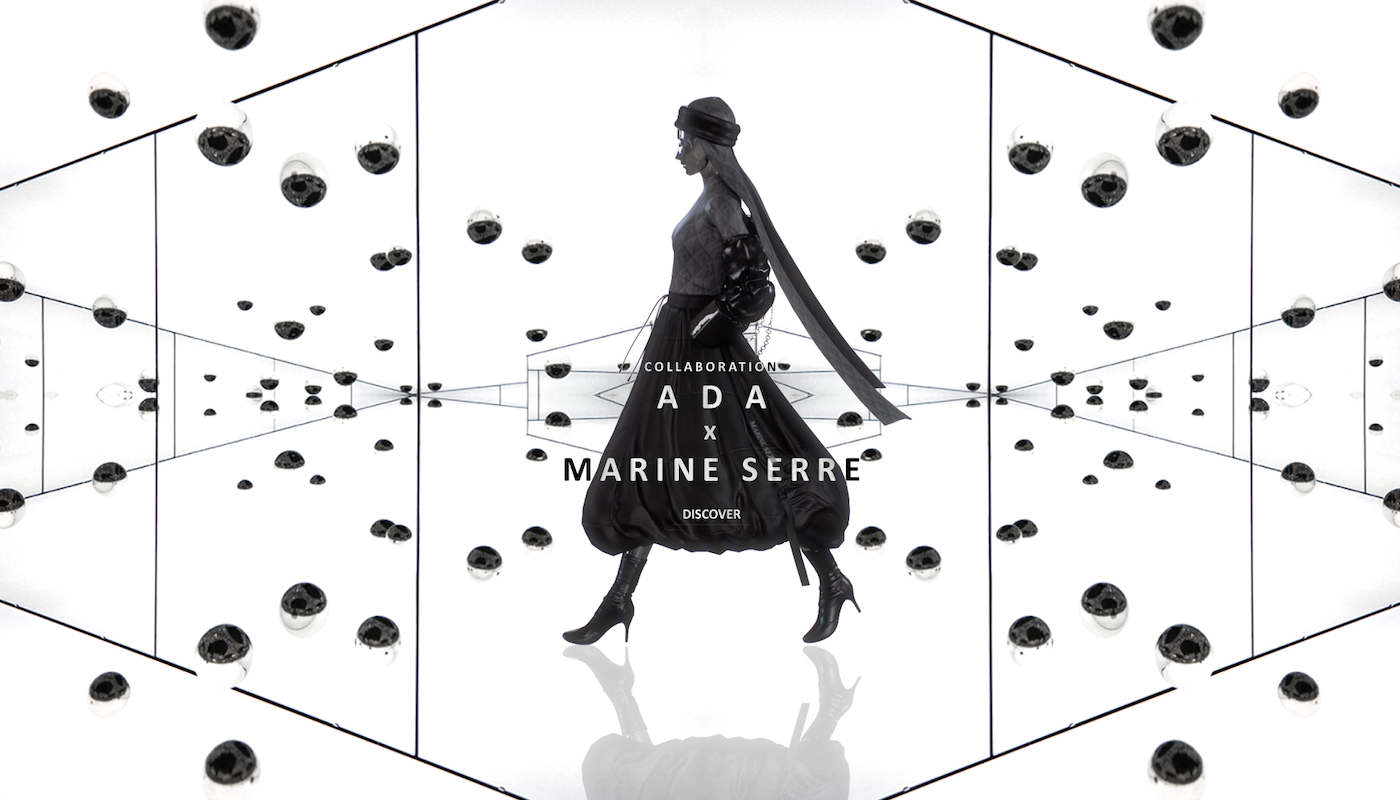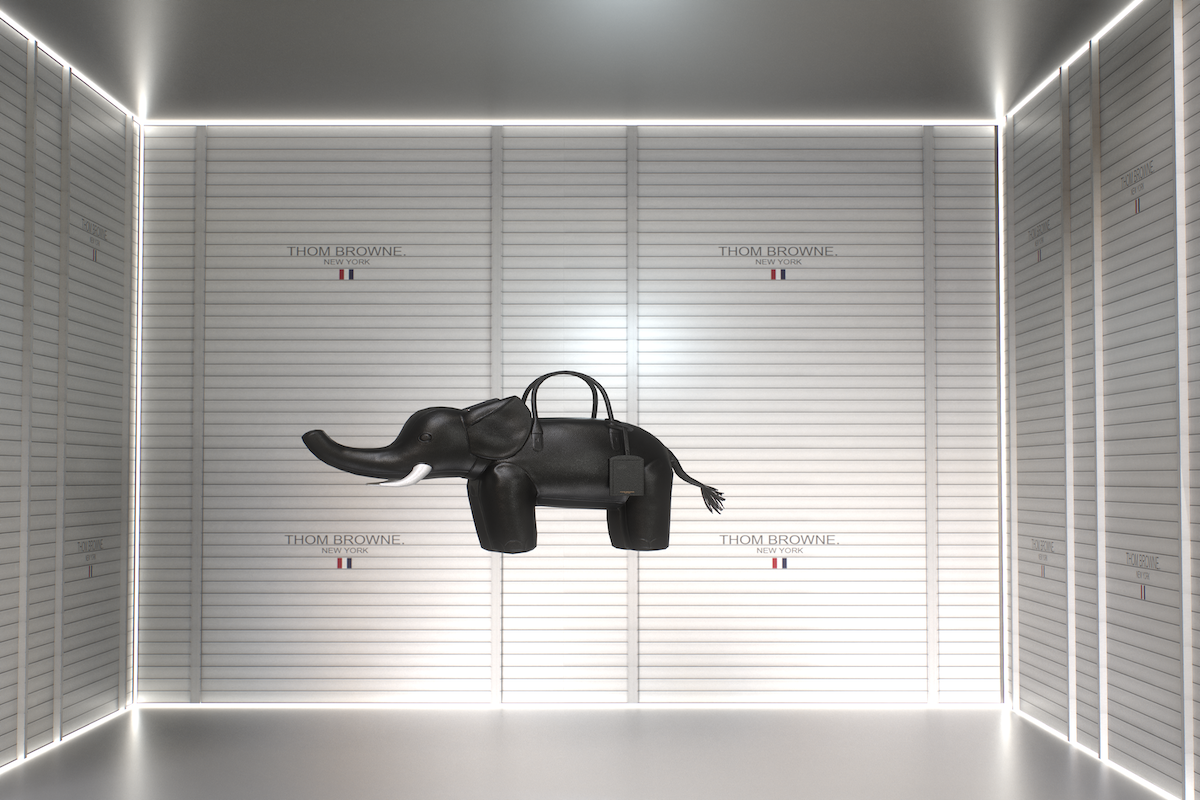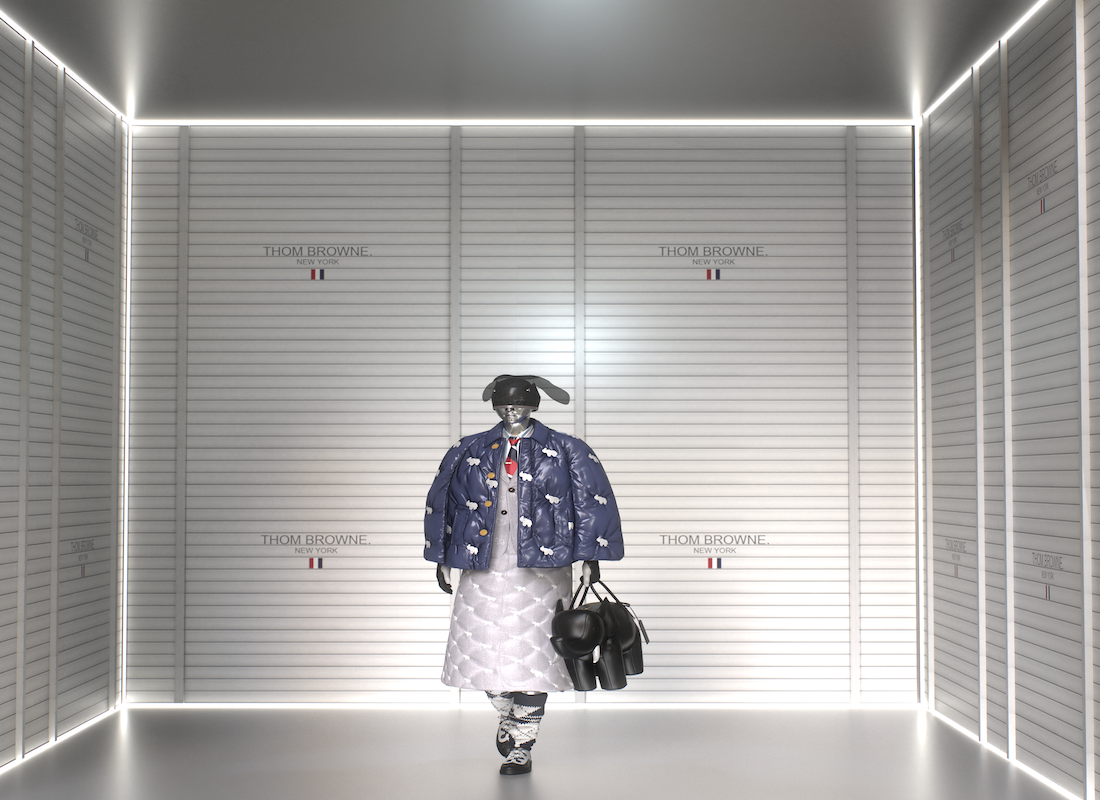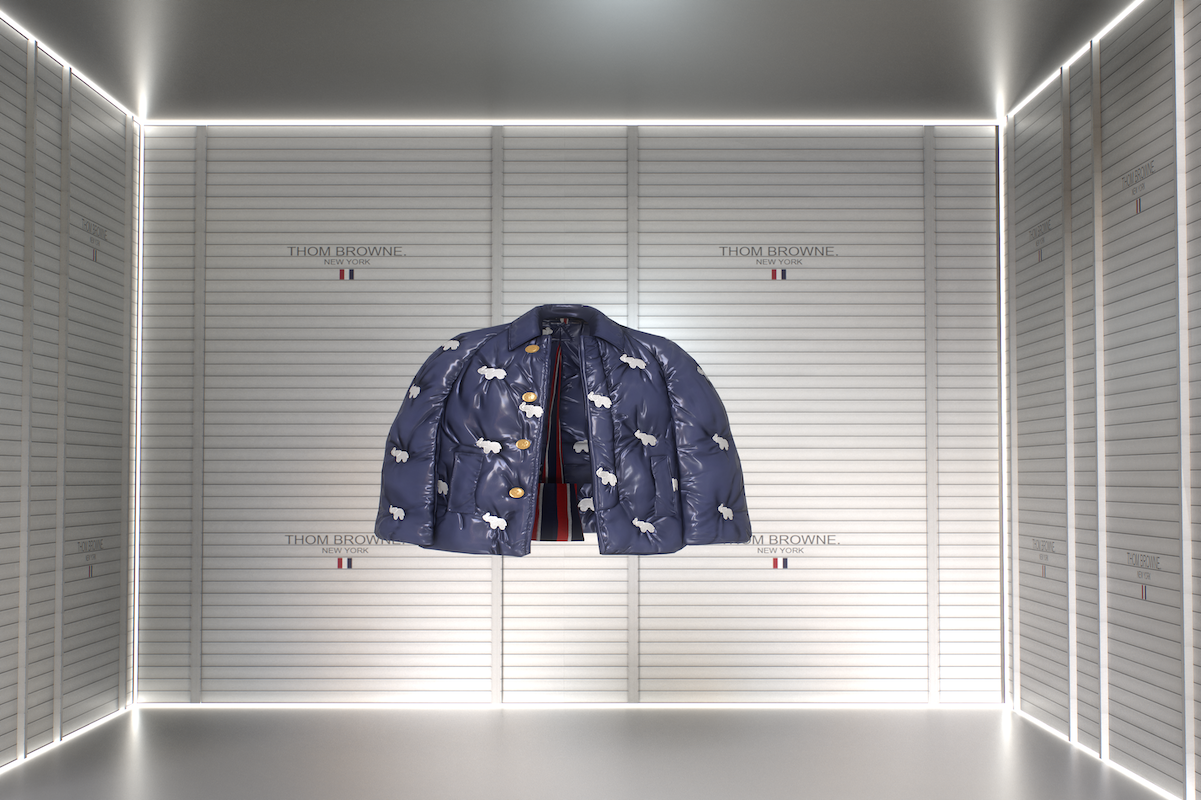This website uses cookies so that we can provide you with the best user experience possible. Cookie information is stored in your browser and performs functions such as recognising you when you return to our website and helping our team to understand which sections of the website you find most interesting and useful.
Second skin: designer fashion brands enter the digital gaming world
By Judy Cogan | 29 July 2021 | Style
How far would you go to bring your online avatar to life? From digital shopping to virtual games, Tempus examines how designer fashion is levelling up.

The act of shopping in a luxury store is a unique and visceral experience. Browsing rails of precisely-spaced, perfectly curated garments; the subtle scent of a butter soft leather bag; the light touch of a cashmere sleeve and the bounce of high pile carpet underfoot.
What if, however, this experience moved to an entirely virtual world? Imagine selecting and buying digital designer outfits, know as ‘skins’, to dress an avatar of yourself in a digital space and trade virtual items in an online community, and receive ‘rewards’ for doing so.

Why would anyone spend money on an outfit you can only touch on screen? Perhaps ask the blockchain security expert who, in spring 2019, bought his wife a $9,500 virtual dress – because the world of virtual commerce is real, even if the products you buy are not.
In a post-pandemic era the demand for avatars, skins and collectible content is only set to grow. The video game industry alone is expected to exceed 144bn by 2023 and canny luxury fashion brands are catching on to what they see as a triple threat of product discovery, fan engagement and spending.
The ways you can get involved are simple. According to Forbes writer Katie Baron there are three routes in: either via outfits/skins in existing games (such as Louis Vuitton and League of Legends); the “burgeoning ‘metaverse’ — SimCity-style shared virtual landscapes where people can interact with each other and brands — such as Nintendo’s wildly popular Animal Crossing”; or purposebuilt fashion-meets-gaming platforms.
If recent moves are anything to go by, it’s time to embrace the shift from being consumers to ‘players’ – or risk being left behind in the fashion game at level one.

In January, for example, mobile game Pokémon GO launched items from the Gucci and The North Face collaboration as limited-edition digital designs for players’ avatars. Digital frontrunner Burberry launched its first ‘social retail’ store in Shengzen, China, in August 2020, combining the holy grail of social media, bricks and mortar shopping and e-commerce, as well as gamification. While Balenciaga staged its dystopian A/W 2021 collection as a virtual reality runway show and released the video game, Afterworld: The Age of Tomorrow.
Going even further back, The Sims video game collaboration with Moschino in 2019 saw creative director Jeremy Scott styling avatars for a game that sold more than 200 million copies worldwide. And, in 2012, DKNY launched a Facebook competition to win digital DKNY dresses.
A VIRTUAL WORLD
In May 2020, Baron wrote how brands can see the monetary potential in these fashion-meets- gaming platforms, but are wary for “risk (of) savaging the halo of rarity inherent to the luxury glow.”
So, are most brands nervous about translating their heritage into this digital space? Andrew Ku, CEO and founder of Singapore-based studio Unmatereality, who help luxury brands digitise and gamify their fashion, seems to think so.
“Luxury brands do worry about how they are represented in the virtual world and they want to preserve their brand value,” says Ku. “But with our superior 3D technology and know-how we are making sure that all brands are represented in the right way and seamlessly transition into this virtual space without much risk.”
The studio uses ADA, a 3D interactive gamified fashion and social media platform that provides participating brands with marketing opportunities, user data and e-commerce intelligence. Ku explains brands who don’t want to go fully virtual use this 3D tech to revamp their e-commerce by offering new viewing options — rotate, zoom in and out, 360˚ videos and even the option for people to try clothes on their own avatar before buying the physical item.
“We’re moving into this whole new concept of virtual commerce,” he says. “Today’s luxury consumers are getting younger and luxury brands see the potential of v-commerce as a new way to engage with the Gen Z consumers. We help brands get this virtual world ready. Once they’ve got a grasp on it, the options are limitless.”
THE FASHION GAME
Unmatereality already work with Fendi, Dior, Prada and Richemont, and a recent project was an interactive virtual showroom for Balmain.
“We’ll be doing a lot with these virtual showrooms and virtual runways for luxury brands,” Ku says. “Luxury fashion brands are finally catching up to what is happening in the world and can now recognise the potential of the virtual world. All I do is digitise their latest collections and sell them as a game.”
This development has been a long time coming for Ku, who in 2007, launched MStar, a 3D-avatar based fashion game, generating a then-unprecedented average of $83 ( 58) per month per user selling virtual fashion.

Ku predicts that, within this decade, all physical luxury goods will have a digital twin, and those digital twins are going to be the next biggest new asset in fashion. “I’m calling it now; this will be the next biggest marketplace for luxury brands going forward,” he says. “We want to make sure Unmateriality has the biggest library of digital twins based on real life goods in the luxury sector.”
He says virtual pricing reflects the value and rarity of the real-life garments. “If there are only 10 virtual items available that particular pricing will be higher than a design that has 1,000 items on sale,” Ku says. “Virtual prices are more accessible, but at a certain point an item will sell out, just the same as they do in real-life stores.”
Meanwhile sustainability is an incentive for luxury brands to launch collections digital-first.
“Fashion can produce so much waste. If brands test goods virtually first, it will have a tremendous impact,” says Ku. “We encourage brands to create virtual samples for example. Each season brands will usually create up to 1,000 samples. By inserting the digital process, they can reduce physical samples that end up as waste. With the right digital technology, they can help make their industry more sustainable, more eco-friendly and more efficient.”
And we, the consumers, may never have to face a fitting room again.







